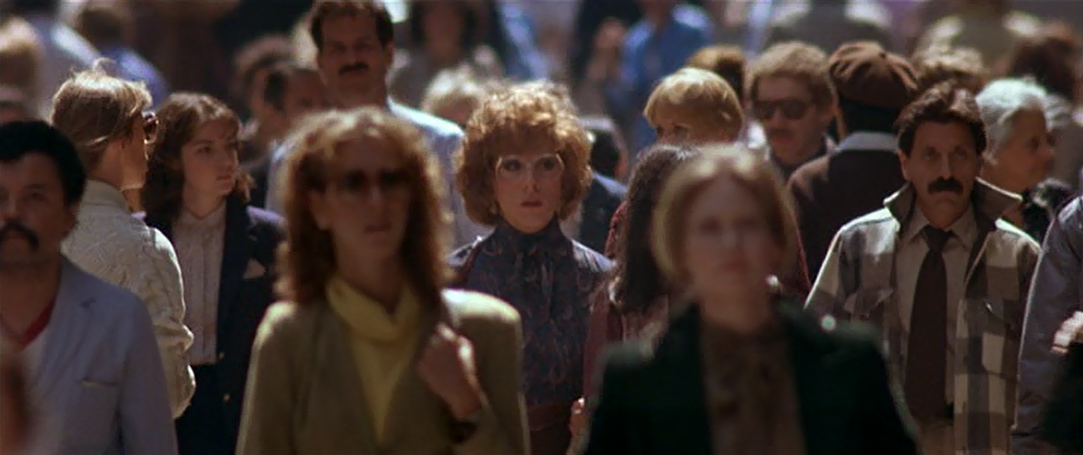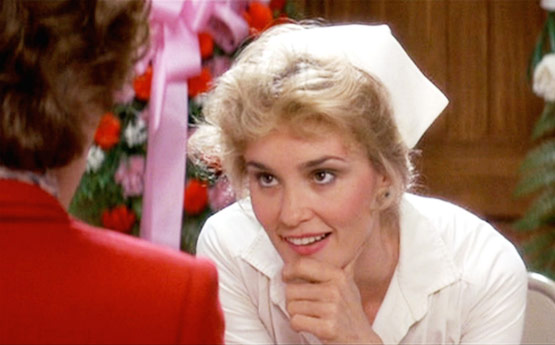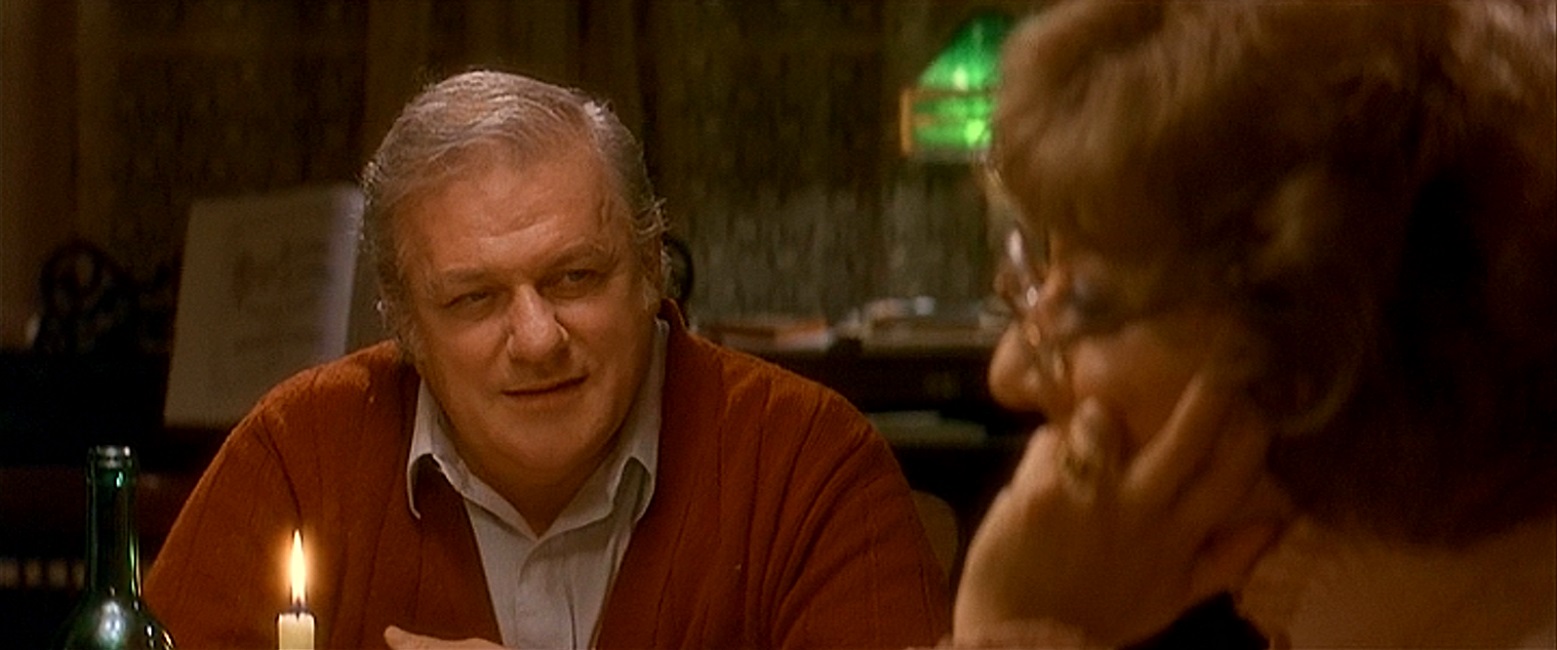Honorary Oscars: Owen Roizman and "Tootsie"
 Thursday, November 9, 2017 at 5:00PM
Thursday, November 9, 2017 at 5:00PM We're revisiting work from this year's Honorary Oscar winners. Here's Eric Blume on cinematography Owen Roizman

Sydney Pollack’s 1982 movie Tootsie is one of my all-time favorite films. It's a perfect treat to revisit when you need to feel like there’s hope in the world. Despite many viewings, I’ve never truly contemplated the cinematography by one of this year’s Honorary Oscar recipients, Owen Roizman.
Tootsie marked Roizman’s fourth of five Academy Award nomination (the others are The French Connection, The Exorcist, Wyatt Earp and Network). It’s not the kind of work that typically generates an Oscar nomination. Indeed, the competition that year (Gandhi, Das Boot, E.T., and Sophie’s Choice) were the more magical, lyrical, expansive sort of films that are usually recognized in that category.
But Roizman’s contribution to Tootsie is gigantic, key to the film’s tone and success. It's also an excellent example of how many careful, intelligent decisions go into a more typical, mainstream film and the difference they can make...

Roizman and Pollack find three different visual flavors in this movie, each expressing the different locations in the film: the “realistic” New York City portion; the “fake” on-set hospital world of Southwest General; and the small excursion to the countryside where Dustin Hoffman falls in love with Jessica Lange. And Roizman’s gives each of these chapters a very specific look and feel that together make the entire film work as the special creature it is: a farce played straight.
Most of the film plays out in real New York locations…on the streets of the city and in the character’s startlingly realistic apartments. Teri Garr’s tiny one bedroom, Hoffman and Bill Murray’s large-but-cheap-in-the-80s-before-Soho-was-a-thing loft, and Lange’s soap-subsidized Upper East Sider are all shot in a slightly grainy, naturalistic way. And out on the streets, Roizman captures the energy of the city by keeping his cameras handheld and alive. For Tootsie to fully work, you need to believe one hundred percent that you’re watching real people, real actors, who live in a real city. There’s nothing stylized about Roizman’s New York City…he keeps this part of the film anchored in reality so the other parts of the story can fly in other directions.
The domain of the soap opera Southwest General feels perfectly overlit and synthetic. There’s a fluorescent, phony glow in these scenes, where Pollack and Roizman ratchet up the visual scheme just enough to differentiate it from the scenes outside the job. Everything registers as gloriously artificial, and it helps to create a more comic universe. The actors don’t have to push any sort of forced comic style, because the world Roizman has lit for them is so charmed and preposterous.

The small but important sequence in upstate New York has an entirely different look altogether, once again with great purpose. This is the romantic comedy portion of the film, where the feelings both deepen and become softer. As a result, the interiors have an almost Christmas-like warmth about them. Roizman lights Lange with a veritable halo around her, and when we cut to Hoffman’s Dorothy, she seems at her most feminine and vulnerable. This honeyed portion of the film brings us closer to the characters without turning icky or going against the integrity with which the rest of the story is told.
There’s no flash or spectacle to the visual look of Tootsie, but that doesn’t mean there isn’t virtuosity. Roizman worked with Pollack to help construct distinct worlds that balance each other and contribute to the film’s fizzy, humane, and authentic tone and style.

previously...
Agnes Varda Cleo from 5 to 7
Donald Sutherland Fellini's Casanova
Charles Burnett Killer of Sheep
Agnes Varda The Gleaners and I



Reader Comments (4)
Thanks for this article on one of my favourite cinematographers. His work in Tootsie is attractive and effective. This wasn't his final Oscar nomination, though - he was nominated for Wyatt Earp in 1994.
His work in The French Connection, The Exorcist, Network and many other films marks him out as one of the best, in my opinion.
Eric, thanks for the insight into this unique Oscar nomination. Roizman's work on The Exorcist stands as a towering achievement. So glad he's getting this overdue recognition.
I liked the photography in that film. It had something that did feel real and knew how to create something artificial in a studio set. It is one of the highlights of the film which is also one of my all-time favorites.
The brilliant Tootsie was made in the right time, when the american comedy was more human and intelligent. If today, it would be terrible, gross, vulgar and strident. The great comedy in film is a mix of other genres: a little of comedy, a little of social and/or political commentary, a little of drama and, in some cases, a little of romance - of course, balanced with the style of the writer and director. Woody Allen, Luis Buñuel and Billy Wilder, for example, have different visions, but we can see points in common between them. Some argue that comedy is simply drama viewed by a perspective of humor and not simply a lot of good and efficient jokes. Some viewers today can say they don‛t think Tootsie is a ‟comedy”, being this more a ‟dramedy” or a ‟drama with some light /goofy moments”, as I hear sometimes. That‛s a good start for a talk in the kitchen with coffee and cookies.